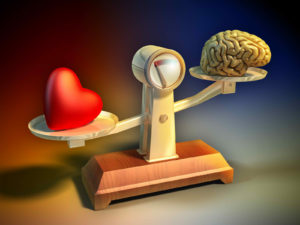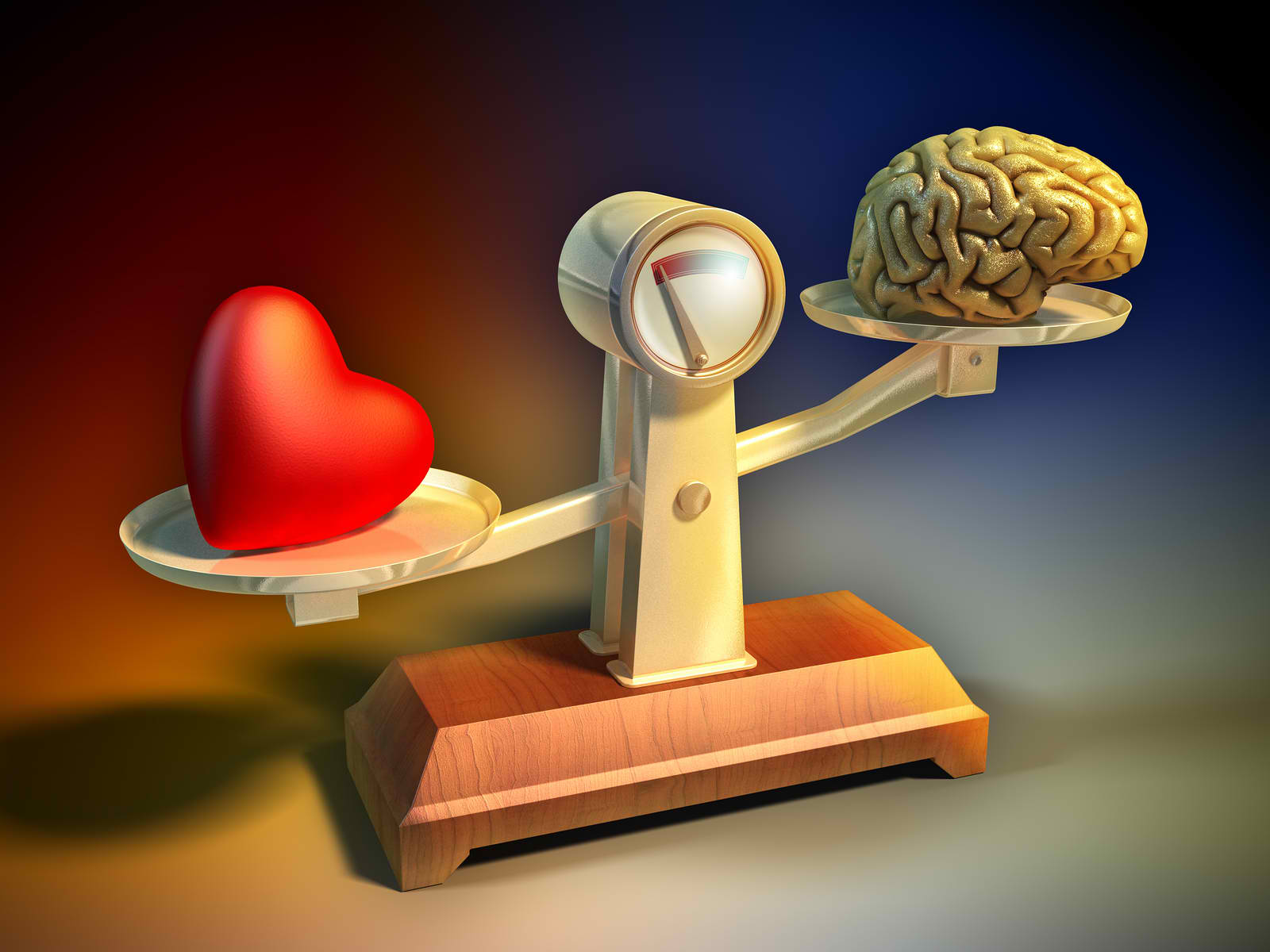
What are emotions?
Our brains carry out thousands of responses every second throughout its various parts. And one of these parts is the limbic system, the area that processes emotions. Emotions are complex and involve a number of physiological and mental responses to a particular input.
Emotions are powerful and influential, and they’re what make us unique from other creatures. Even though emotions may be multifaceted, they can be measured through brain wave activity, facial expressions, body stances, and blood flow.
The link between emotions and logic
The emotional center of the brain is situated right behind the neocortex which is responsible for reasoning, decision making, and conscious thoughts. But do emotions impede logic and or work together with them?
That question has been the center-point of many studies and scientific research, but no one has reached a definitive answer. Some researchers have concluded that emotions are a pivotal part of logic while others believe that they hinder intelligent decision-making.
Yet there are many studies using brain-imaging techniques show a clear neural link between emotions and logical reasoning. So, while it can’t be denied that emotions have a strong effect on our reasoning, it’s also indisputable that logic that lacks emotions will never be adequate. Emotions are extremely important for making decision and choices, even when you’re armed with all the facts.
A legal study was published in the Arizona State Law Journal in which legal scholars Susan Bandes and Jessica Salerno state that, “Emotion helps us screen, organize and prioritize the information that bombards us. It influences what information we find salient, relevant, convincing or memorable.”
What emotions are not
Emotions are not the same as feelings, nor are they the synonymous with moods. Moods are usually more general than emotions but are longer-lasting. They can either have a positive or negative impact without a clear starting point. Being in either a good or bad mood is less likely to be as a result of an external event or circumstance.
Feelings are more personal to each one of us and develop through experience. Emotions, on the other hand, are wired into our genes. They’re universal. As an example, happiness is a feeling, while joy is an emotion.
Joy needs little analytical awareness which means we feel good without any conscious decision, and without there being an event leading to it. It’s an internal state of being rather than depending on external conditions. Plus, joy lasts longer.
Happiness (a feeling) on the other hand, is prompted by external factors and relies on tangible verification.
In 2009, a review was published that identifies and contrasts basic emotions based on 3 main criteria that differentiate emotions from feelings and moods:
- mental experiences that have a strong motivator, as pleasure or pain
a response to an event or object
trigger various kinds of behavior
Different kinds of emotions
Scientists have attempted to make a list of emotions based on various factors, ranging from the very general to the extremely specific. Here’s a list of emotions as classified by psychologists and medical experts:
- Sympathy
Surprise
Shame
Sadness
Relief
Pride
Nostalgia
love
Joy
Horror
Hope
Gratitude
Guilt
Fear
Excitement
Pain
envy
Disgust
Disappointment
depression
Confusion
Craving
Contempt
compassion
Calmness
Boredom
Awe
Anger
Amusement
Adoration
admiration
Anxiety
Essentially these emotions are what encourage us to go on with our lives, even after hardships and distress. Emotions have been dissected, grouped and re-grouped by medical experts and psychologists over the years. The book The Hourglass of Emotions (2012) sorted emotions into four main sets and distinguished between positive (anger, anticipation, joy, and trust) and negative (fear, surprise, sadness, and disgust) emotions.
Emotional intelligence
Figuring out how to monitor our emotions and how they’re affected by others is known as emotional intelligence. Those with high emotional intelligence have high self-esteem, work well with others and enjoy healthy relationships.
People with low emotional intelligence, however, have a hard time correctly understanding other people’s emotional signals, making it harder on them to cooperate with and motivate others. It’s been proven that persistent negative emotional states can lead to exhaustion and disgruntlement.
But psychologists strongly feel that there are ways to help guide those with low emotional intelligence to help them enhance their emotional states to better serve them. They call them the four building blocks which can help develop a higher level of emotional intelligence.
- Self-awareness. Evaluating, identifying and disclosing specific emotions
Self-management. Applying emotions in a positive way.
Social awareness. Recognizing emotions in others.
Relationship management. Managing emotions in yourself as well as others– Scott Blessing

